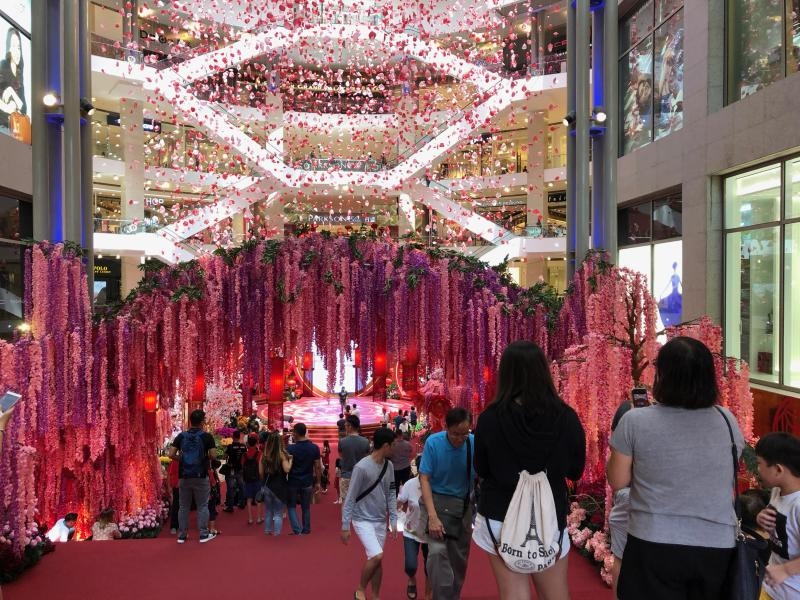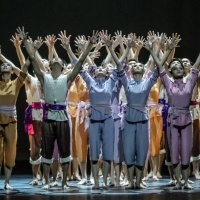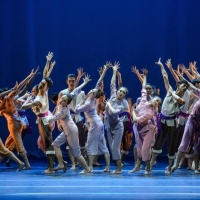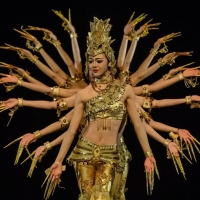Happy CNY KL city
Primary tabs

Happy CNY KL city
Chinese New Year celebrations, also known as the Spring Festival, in China start on the 23rd day of the 12th lunar month of the Chinese calendar. The festival lasts for about 23 days, ending on the 15th day of the first lunar month in the following year in the Chinese calendar.
The origins of the Chinese New Year festival are thousands of years old and are steeped in legends but it is unclear when the beginning of the year was celebrated before the Qin Dynasty. A small scale Spring Festival is said to have been celebrated as early as at the time of the legendary sage-emperors Yao and Shun.
Chinese New Year, also known as the Spring Festival (simplified Chinese: 春节traditional Chinese: 春節; pinyin: Chūn Jié) in modern China, or simply the Lunar New Year, is an important Chinese festival celebrated at the start of the first calendar month. The first day of the New Year falls on the new moon between 21 Jan and 20 Feb. In 2017, the first day of the Lunar New Year was on Saturday, 28 January, initiating the year of the Rooster. The upcoming year of the Dog commences on Friday, 16 February 2018.
The New Year festival is centuries old and gains significance because of several myths and customs. Traditionally, the festival was a time to honor deities as well as ancestors. Lunar New Year is celebrated in other Asian countries and territories, including Mainland China, Taiwan, Hong Kong, Macau, Singapore, Indonesia, Malaysia, Korea, Thailand, Vietnam, Cambodia, Mauritius, Australia, and the Philippines. Lunar New Year is considered a major holiday for the Chinese and has had influence on the lunar new year celebrations of its geographic neighbours.
Within China, regional customs and traditions concerning the celebration of the Lunar New Year vary widely. Often, the evening preceding Lunar New Year's Day is an occasion for Chinese families to gather for the annual reunion dinner. It is also traditional for every family to thoroughly clean the house, in order to sweep away any ill-fortune and to make way for incoming good luck. Windows and doors are decorated with red colour paper-cuts and couplets with popular themes of "good fortune" or "happiness", "wealth", and "longevity". Other activities include lighting firecrackers and giving money in red paper envelopes. In about one third of the Mainland population, or 500 million Northerners, dumplings (especially those of vegetarian fillings) feature prominently in the meals celebrating the festival.
It is one of the world's most prominent and celebrated festivals, with the "largest annual.
- Log in to post comments
- 346 reads


